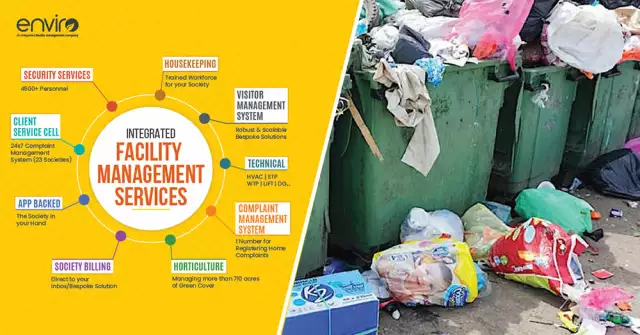Why Paper FCA Reports Are No Longer Relevant
Paper is great for airplanes, plates, journals, even origami. One thing it’s not good for? Facility condition assessments. Your typical FCA report binder contains 1-2 pages for each asset that includes photos of the asset and the data collected on it. There’s also usually a summary report that highlights the main things you should spend money on. The entire report could be well over 20,000 pages long. There’s so much useful data - but how are you supposed to navigate it? Imagine trying to find the page for a single air handler among all that information. The majority of the data is inaccessible because it’s so difficult to sort through, making it ultimately unusable.Here’s the dirty secret of paper FCA reports - most people only look at the capital expenditure recommendations. The remaining thousands of pages in those binders just sit on the shelf as a shrine to all the hard work that was done. The binders are like a status symbol - the more binders, the more expensive the FCA must have been. Sure, FCA providers may use digital tools like Excel, Word, or other programs to create the report, but the end result is still a printed end product that becomes a paperweight - and eventually ends up in the trash can.At the end of the day, printed FCAs aren’t all that helpful to anyone. The architect or engineer conducting the capital needs assessment has to re-do all their work from scratch every time a new assessment is needed. Meanwhile, the building owner is left without much usable data or insights.Read More: Facility Condition Assessment Checklist: How to Index Your Building






